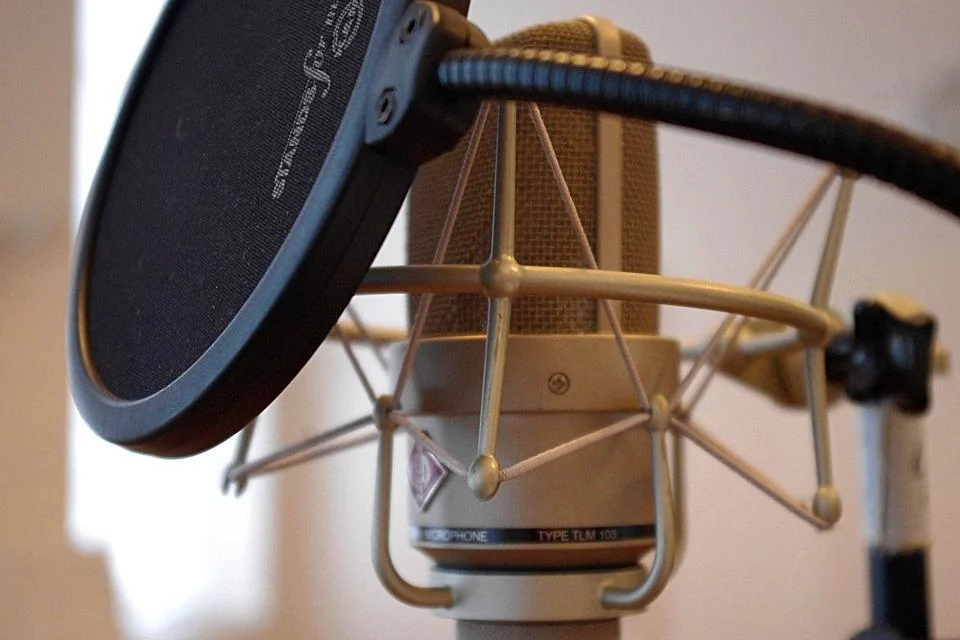Search Topic
“Falsetto In Music: A Simple (But Complete) Guide”

The human voice can produce a variety of sounds, depending on the vocal cords and the surrounding environment. These sounds range from normal speech to various forms of singing. Within singing, there are different vocal ranges that each produce unique sounds. One such vocal range is falsetto, which is produced by pushing air up through the throat and nasal cavities instead of using the diaphragm and lungs. This results in a higher-pitched sound that is usually used for purposes such as melodic lines or ornamentation.
Most people know falsetto simply as the high-pitched voice often used by singers to hit those really high notes. But there’s much more to it than that. Falsetto is an important voice type for singers, and can be used to great effect in a number of different ways. In this blog post, we’ll take a look at what falsetto is, how it’s used in music, and some tips on how you can start using it yourself.
1. What is falsetto?
Falsettos occupy a frequency range just above modal voices, overlapping them by approximately one octave. When it comes to singing, the term falsetto refers to a type of vocal phonation that enables the singer to sing notes outside the range of their normal voice.
2. How is falsetto used in music?
There are two primary ways falsetto is used in music: as a vocal effect and as a vocal technique.
As a vocal effect, falsetto is often used to create a high, airy sound. This can be done by either singing in falsetto or by mixing the sound of falsetto with the sound of your natural voice. As a vocal technique, falsetto is used to help singers reach higher notes without getting tired. Falsetto can also be used to create more power and intensity in your voice.
Falsetto is a vocal register used in singing. It is the highest of the three main vocal registers, the other two being the modal voice and the bass voice. The modal voice is the natural voice, and the bass voice is the lowest register.
The use of falsetto is not limited to any particular type of music. It is used in pop, rock, opera, country, blues, soul, and many other styles. Falsetto has a characteristic sound that is different from the modal voice and the bass voice.
3. Who are some famous singers who use falsetto?
- Michael Jackson.
- Barry Gibb
- Prince Roger Nelson
- Jeff Buckley
- Smokey Robinson
Group Falsettos
- On songs like “Bohemian Rhapsody” and “Somebody to Love,” Queen was fronted by Freddie Mercury, Roger Taylor, Brian May, and John Deacon.
- Frankie Valli led the Four Seasons on songs like “Rag Doll” and “Sherry.”
4. What are the benefits of using falsetto in music?
There are many benefits of using falsetto in music.
- When done correctly, it can add a new dimension of sound and expression to your music. Falsetto can be used to create a more ethereal and emotive sound, and can be a powerful tool for adding expressiveness and nuance to your vocals.
- It can also be used to create interesting textures and sounds, and can be a great way to add variety to your music. Falsetto can also be used to create a sense of mystery or intrigue, and can be a great way to add an air of sophistication to your music.
- It can add a new texture or color to your voice.
- It can help you to project your voice further.
- It can add power and intensity to your vocal delivery.
- It can be used to create a unique sound or style.
5. Are there any risks associated with using falsetto?
There are a few risks associated with using falsetto. The first is that it can be tiring to use falsetto for an extended period of time. Additionally, if you use falsetto too often, you may damage your vocal cords. Falsetto should only be used sparingly to avoid these risks.
There are a few risks associated with falsetto, the most common of which is vocal cord damage. When you use falsetto, you are essentially using a different voice than your normal speaking voice. This can cause your vocal cords to become strained and even damaged.
Another risk associated with falsetto is that it can be difficult to control the pitch and volume of your voice. This can lead to mistakes during performances or recordings, and can also make it difficult to create a good sound quality.
In our next blog we will explain ” What are some tips for mastering falsetto?” Stay tuned, till then create music.








